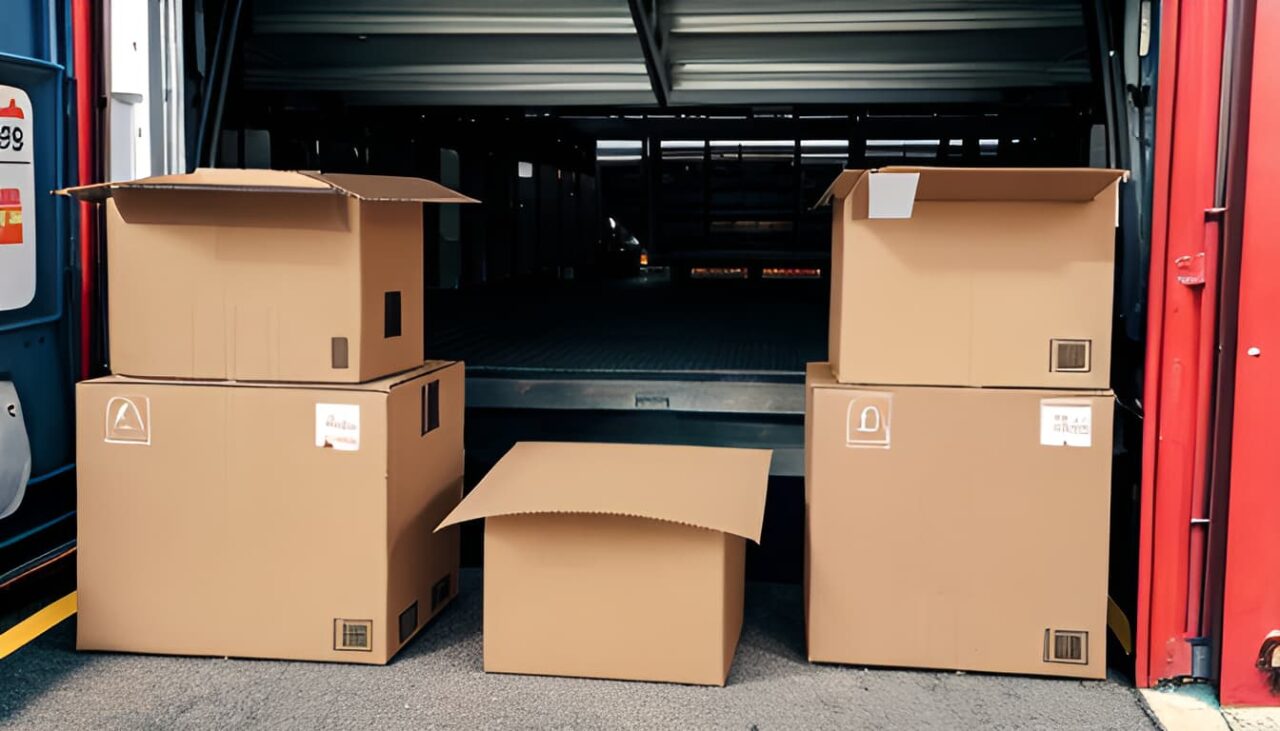Efficiently managing and storing insulated shipping boxes wholesale is essential for businesses in cold chain logistics. Whether you’re a food distributor, pharmaceutical company, or e-commerce retailer, streamlining your processes saves time and resources. In this guide, we delve into practical strategies for optimizing efficiency when handling insulated shipping boxes wholesale, helping you improve your operations and cut costs in the fast-paced world of logistics.
Understanding the Importance of Efficient Handling
Efficiency in handling insulated shipping boxes wholesale begins with a clear understanding of its importance. These boxes are essential for maintaining the cold chain, ensuring that temperature-sensitive products reach their destinations in pristine condition. Proper handling minimizes the risk of damage, temperature fluctuations, and logistical challenges, which can lead to costly losses.
Insulated shipping boxes, often made with sturdy materials like foam and reflective surfaces, play a critical role in preserving the temperature integrity of perishable goods. Whether you’re transporting vaccines, fresh produce, or gourmet chocolates, these boxes are your first line of defense against temperature variations that could compromise product quality.
Strategic Warehouse Layout
A well-organized warehouse layout is the foundation of efficient handling. Start by categorizing your insulated shipping boxes based on size, type, and temperature requirements. Utilize vertical storage systems, high-density racks, and optimized shelving to maximize space while allowing easy access to boxes. Implement clear labeling and aisle markers to facilitate quick identification and retrieval.
Consider the use of pallet racks and stacking systems specifically designed for insulated boxes. These systems provide stability while maximizing vertical space. Ensure that heavy boxes are stored on lower shelves to prevent accidents and damage.
Temperature Zoning
Consider dividing your warehouse into temperature zones to accommodate various products with distinct cooling needs. This ensures that the temperature-sensitive goods are stored appropriately, reducing the risk of spoilage or damage due to temperature variations.
By segregating products based on their required temperature range, you can prevent cross-contamination and maintain the quality of sensitive items. Use temperature monitoring equipment to ensure that each zone stays within the specified temperature range.
Efficient Inventory Management
An efficient inventory management system is essential for handling insulated shipping boxes wholesale. Implement a robust tracking system that includes barcode scanning and real-time updates. Regularly audit your inventory to identify slow-moving products and adjust your storage accordingly. This prevents overstocking or understocking, optimizing space utilization.
Maintain a digital inventory database that tracks the quantity, location, and temperature requirements of each batch of insulated boxes. Consider using inventory management software that offers predictive analytics to help you forecast demand accurately.
FIFO (First-In-First-Out) System
To maintain product quality and prevent spoilage, follow the FIFO principle. Ensure that older inventory is used or shipped first, minimizing the risk of perishable items going to waste.
Regularly review your inventory to identify items nearing their expiry date. This proactive approach allows you to prioritize these products in your shipping schedule, ensuring that they reach customers or destinations promptly.
Handling Best Practices
Proper handling techniques are critical to preserving the integrity of insulated shipping boxes and their contents. Train your staff in the following best practices:
Gentle Handling
Emphasize the importance of gentle handling to prevent damage to the boxes and their insulating properties. Avoid dropping or roughly stacking boxes. Instruct employees to use appropriate lifting techniques to prevent strain and potential accidents.
Implement a quality control process that involves inspecting boxes before they are filled with temperature-sensitive items. Look for signs of wear and tear, such as damaged seals or dents, and remove compromised boxes from circulation.
Temperature Monitoring
Utilize temperature monitoring devices to ensure that the boxes are kept within the recommended temperature range during handling. This proactive approach prevents temperature-sensitive items from being compromised.
Equip your staff with handheld temperature monitoring devices or incorporate sensors within the storage and transportation equipment. These devices provide real-time data and alerts, allowing immediate action in case of temperature deviations.
Streamlined Packing and Dispatch
Efficiency extends to the packing and dispatch processes. Implement the following strategies:
Standardized Packing Procedures
Establish standardized packing procedures to ensure consistency and reduce errors during the packing process. This includes using the right packing materials, such as gel packs or dry ice, to maintain temperature control.
Train your packing team to follow a checklist that covers essential steps, such as ensuring the proper sealing of boxes and verifying temperature-sensitive items’ placement within the boxes. Regularly review and update these procedures to reflect best practices and any changes in product requirements.
Route Optimization
Optimize delivery routes to minimize travel time and reduce the exposure of insulated shipping boxes to external temperatures. Utilize GPS technology and traffic data to plan efficient routes.
Consider partnering with logistics companies that specialize in cold-chain transportation. These experts can offer insights and technologies to ensure that temperature-sensitive items reach their destinations promptly and under optimal conditions.
Conclusion
Efficiently storing and handling insulated shipping boxes purchased wholesale is paramount in maintaining the cold chain and preserving the quality of temperature-sensitive products. By understanding the importance of efficient handling, organizing your warehouse layout effectively, implementing robust inventory management systems, following proper handling best practices, and streamlining packing and dispatch procedures, you can maximize efficiency in your cold chain logistics operations. These strategies not only save time and resources but also enhance the reliability of your cold storage and transportation processes, ensuring that your products reach their destinations in pristine condition. In a world where the cold chain is crucial for various industries, mastering the art of efficient insulated shipping box handling can give your business a competitive edge, minimize waste, and protect your reputation for delivering top-quality products. So when it comes to sourcing insulated shipping boxes wholesale, it’s essential to find reliable suppliers offering high-quality wholesale packaging boxes.
